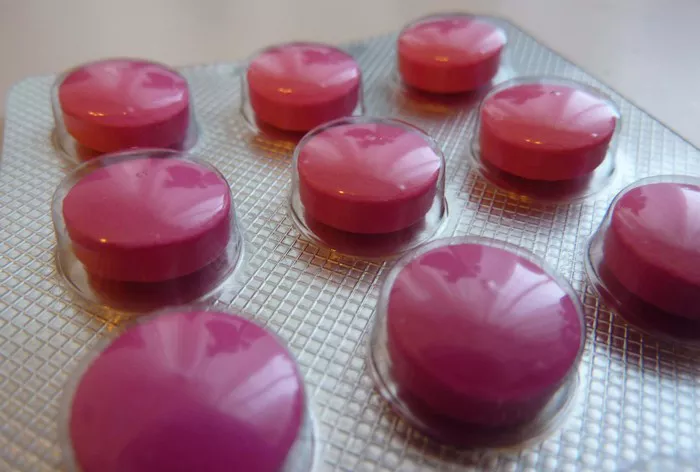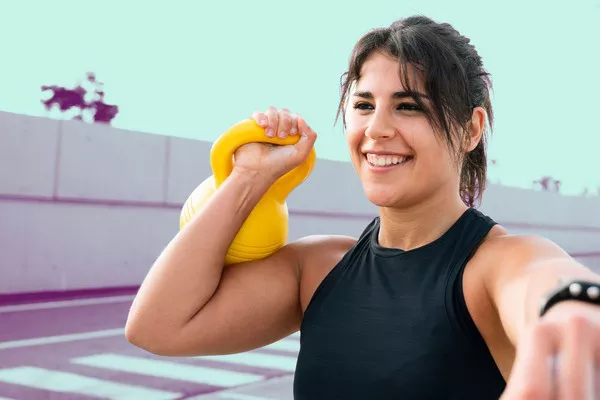The beauty industry continues to demonstrate remarkable strength and resilience, with sustained growth driven by evolving consumer preferences. Reena Rosario, Merchandise Group Manager at Beauty Bar, highlighted the sector’s ongoing success during the brand’s 25th anniversary celebration in a recent interview with Philstar.com.
According to Rosario, the demand for beauty essentials remains unwavering, evidenced by Beauty Bar’s expansion from just eight stores to a network of 30 locations this year. The beauty store chain, which has embraced e-commerce through platforms like Lazada, also reports impressive sales figures, with a 67% growth rate. While the pandemic saw a temporary boost in online shopping, Rosario noted that customers have returned to physical stores, appreciating the tactile experience that Beauty Bar offers.
“Our stores are a beauty playground where customers can try, dab, and experience products firsthand,” Rosario explained, emphasizing the importance of in-store experiences in an increasingly digital world.
Beauty Bar has also seen enduring success with products like Smashbox, known for introducing primers to the beauty world, as well as Koh Gen Do Spa Water and organic cotton, which remain customer favorites.
Genderless Beauty Products on the Rise
In response to shifting beauty trends, Rosario noted a growing interest in gender-neutral or co-gendered products. A notable shift is the increase in women purchasing men’s skincare and grooming items, as well as more men embracing skincare routines. According to Rosario, Korean beauty (K-beauty) brands have been particularly popular among male customers.
“While women still dominate our customer base, we’re witnessing a noticeable increase in men purchasing skincare products,” Rosario said. “It’s no longer about specific gender-targeted products; men, particularly, are gravitating toward Korean skincare brands and grooming items, signaling a growing category in the market.”
Changing Demographics and Consumer Behavior
Beauty Bar’s core demographic remains the working segment, particularly individuals aged 25 to 45. However, there has been a noticeable shift in the types of customers frequenting the stores, with many mothers shopping for both themselves and their children. Over time, some of these children have transitioned into regular customers, contributing to the brand’s evolving customer base.
“The younger generation is more experimental with beauty products, unafraid to try bright colors or glitter,” Rosario observed. “Meanwhile, older customers tend to prioritize skincare, with brands like Smashbox, Anastasia New York, and Hince performing well among this age group.”
K-beauty and Clean Beauty: Long-Lasting Trends
As the beauty industry continues to evolve, certain trends have solidified their position in the market. K-beauty, or Korean beauty, and Clean Beauty have become staples that are here to stay. Beauty Bar has been a pioneer in introducing K-beauty products, starting even before the pandemic, and continues to expand its offerings from Korean skincare brands.
“K-beauty is a trend that’s not going anywhere. We introduced Korean brands early on, and their popularity has only grown,” Rosario said. “Clean Beauty, with a focus on environmental consciousness and the use of natural or minimal chemicals, has also become an essential category that resonates strongly with our customers.”
With these evolving trends and an unwavering demand for beauty products, Beauty Bar is well-positioned to continue its growth and remain a significant player in the beauty retail industry.
Related Topics



































